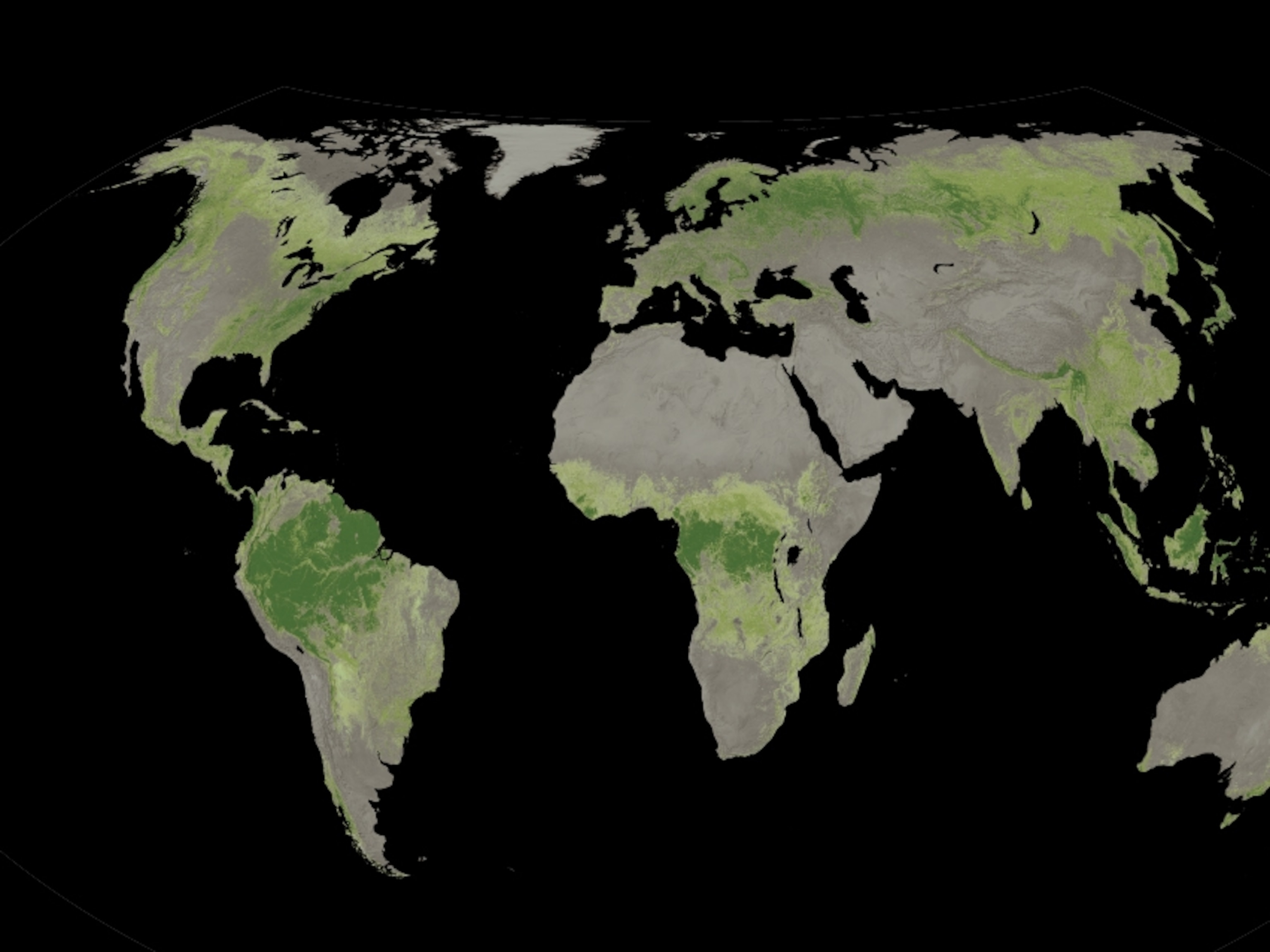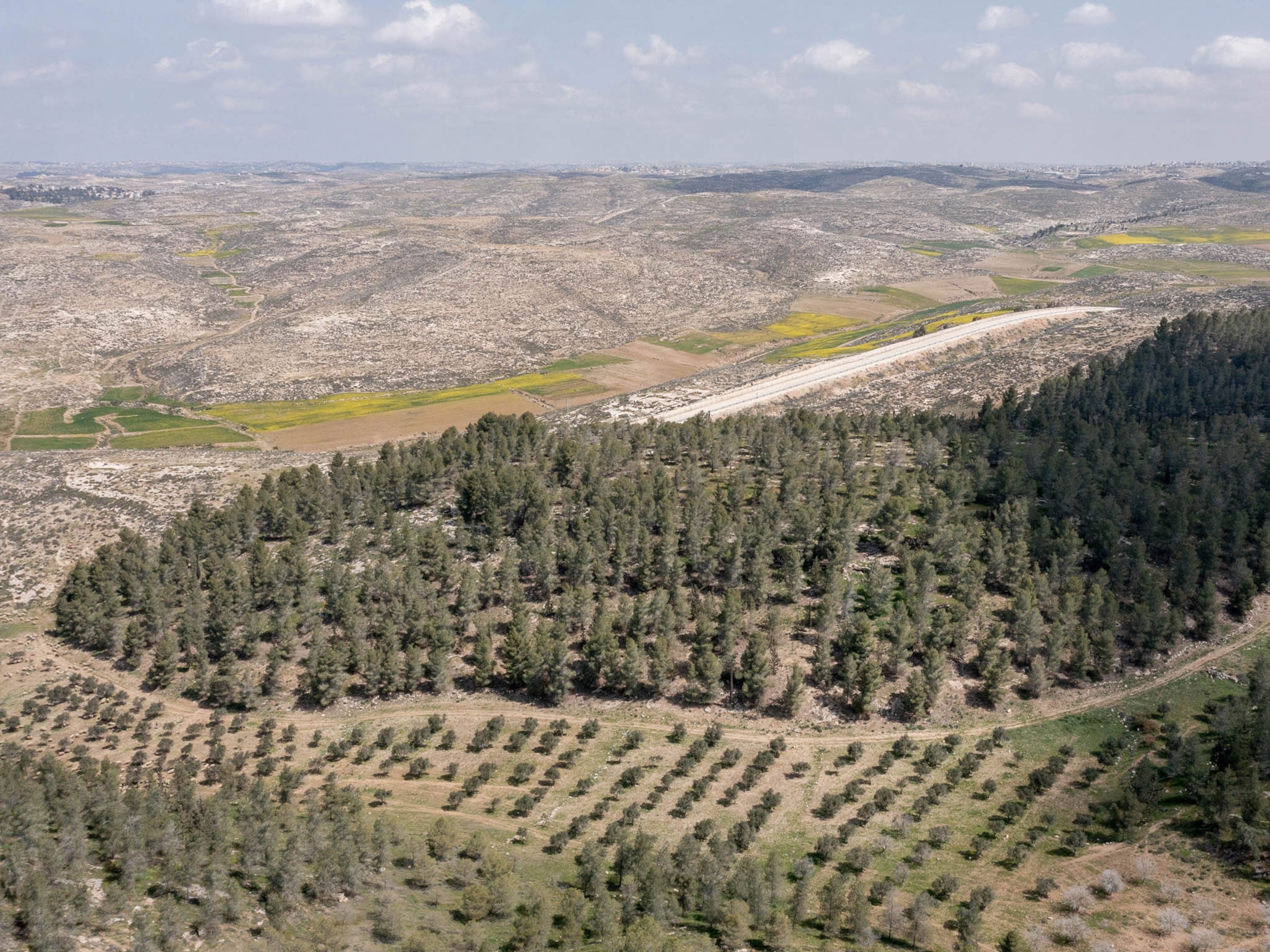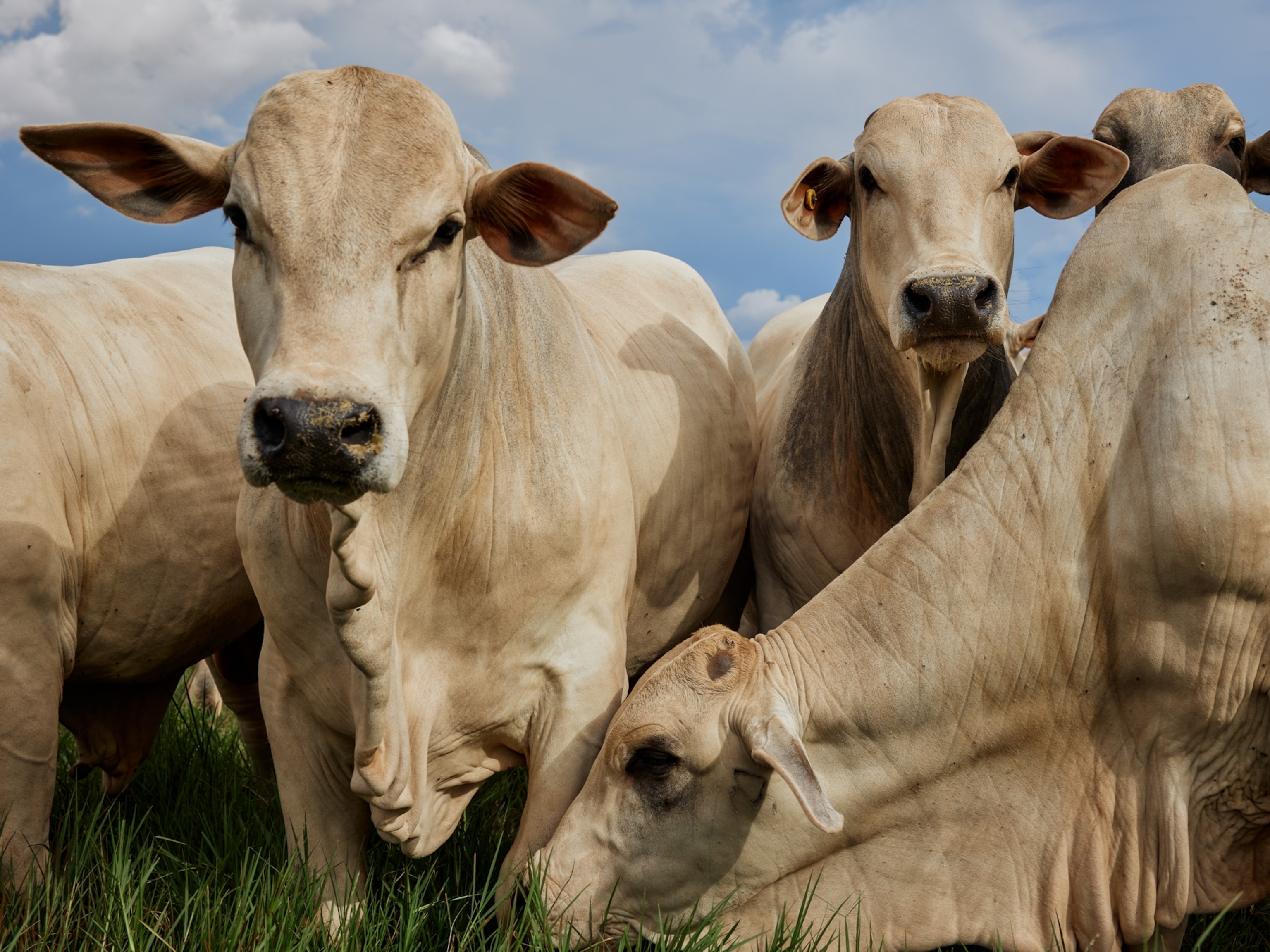
Jane Goodall joins campaign to plant a trillion trees by 2030
Trees for Jane will support efforts underway, mostly in the developing world, to replenish the earth's trees.
Jane Goodall, the renowned primatologist, is launching Trees for Jane on Tuesday, joining a global campaign to combat climate change by planting a trillion trees by 2030.
Goodall, a longtime National Geographic Explorer, made it clear that planting is just one aspect of Trees for Jane; there’s something even more important. “The key is protecting existing forest because those big trees already have stored CO2,” she said in a National Geographic interview.
Trees for Jane is one of a growing number of tree-planting campaigns around the world, aimed at removing greenhouse gases from the atmosphere. Among others, Goodall’s effort joins the Trillion Tree Campaign and 1t.org, backed by the World Economic Forum and partnering with Trees for Jane.
Goodall, a United Nations Messenger of Peace, feels a strong “spiritual connection” to trees, she said in a Zoom conversation from her family home in southern England. “Trees absorb carbon dioxide. They give us oxygen. They help to make rain. So they are a gift.”
In A Trillion Trees, a short film being released during the UN’s Climate Action Week, which started on Monday, Goodall calls trees “God’s gift to humanity.” The number of trees Trillion Trees Campaign, 1t.org, and Trees for Jane seek to plant or preserve is staggering: 128 trees for every human on Earth.
Yet there’s a reason for that goal, Goodall said. The world now contains roughly three trillion trees, and the planet loses 15 billion trees a year, according to a 2015 mapping study in the journal Nature.
“I know that a trillion sounds like an insane number,” said Jeff Horowitz, Trees for Jane’s co-founder. “We’re not saying flat out that we’ll be able to succeed, but we want to come as close as we can.”
Supporting existing efforts
Trees for Jane will support “existing on-the-ground efforts” to protect and restore our planet’s biodiversity, Horowitz said. “Right out of the chute, we'll probably have 300 to 400 groups ready to go when it comes to planting trees for Jane. Shovels ready, trees in the ground on day one.”
Donations to Trees for Jane will support local groups working to stop deforestation, he said. And those who plant are asked to agree to care for the trees and monitor them until they’re established.
Forest preservation and tree planting are among natural climate solutions that together could provide up to one-third of the mitigation needed by 2030 to “avoid catastrophic warming,” said Susan Cook-Patton, senior forest restoration scientist for The Nature Conservancy. “We don’t always need to plant trees. When conditions are right, trees can grow back perfectly well on their own at a fraction of the cost.”
Of course, tree planting is not a substitute for reducing emissions, Cook-Patton said. “The most important action is to reduce fossil fuel emissions. However, even if we rapidly reduce emissions, we’re still going to need to remove carbon from the atmosphere to prevent catastrophic warming. That’s why carbon removal strategies like re-growing trees remain important.”
Some tree-planting efforts have come under fire from some scientists as being ineffective and counterproductive, since many programs don’t plant native species, essentially creating tree farms, not helping forests.
Cook-Patton’s message is clear: “Plant the right trees, in the right places, in the right way.” This means planting native trees where they historically lived. Goodall said this aligns precisely with the mission of Trees for Jane.
The U.N. warned last Friday that the world isn’t doing nearly enough to curb climate-changing emissions and is predicted to warm by a “catastrophic” 4.9 degrees Fahrenheit [2.7 degrees Celsius].
Advancing a movement
Tree planting to help the environment isn’t a new concept; it advanced in the 1970s when Kenyan activist Wangari Muta Maathai founded the Green Belt Movement. The group organized local women to plant a million trees as part of a broader environmental restoration effort in Kenya. Maathai, the first African woman to win the Nobel Peace Prize, showed how tree planting could improve local ecosystems and empower communities by giving them new sources of income.
Trees for Jane seeks to build on that model and will work with communities in Africa and throughout the developing world. The TACARE program in Tanzania, supported by the Jane Goodall Institute, works to preserve the Gombe forest where Goodall studied chimpanzees. It’s one of many groups ready to work with Trees for Jane, Goodall said.
Re-greening urban centers is also part of the Trees for Jane plan. This could help take the heat off cities, said Ellie Cohen, CEO of The Climate Center, a California-based policy-action group. “Tree planting in urban areas with appropriate species can have benefits in addition to sequestering carbon, particularly in mitigating the heat-island effect,” she said.
“Study after study has shown that the poorest neighborhoods have the least amount of cooling vegetation. So tree planting in those areas can be essential to the survival of our communities.”
Goodall, noting that Trees for Jane encourages people to plant trees themselves or donate to support global efforts, said her love for trees dates back to her childhood. “Out there in the garden is Beech,” she said of the beech tree she could see through the window of the home where she grew up, and where she is now living.
“When I was a child, I loved Beech so much. I did my homework up there. I read books up there. I went to the tree when I was sad. When I was ten, I wrote out my own version of a will,” Goodall said. It stated that her grandmother, who owned the house, would leave Jane her favorite tree. “She signed it and left me Beech.”
Nearly eight decades later, Goodall is working tirelessly to share the gift of trees with the entire world, for the sake of the planet.
What you can do
On Tuesday at 2 p.m. ET, Jane Goodall and Jeff Horowitz will have a conversation centered around their ambitions for Trees for Jane, addressing trees as one of the solutions for climate change. This is part of a UN Goals House conference. It’s free, and the conversation will be archived for later viewing.
To RSVP and for more info, email: rsvpgoalshouse@freuds.com
Details: https://goalshouse.com/
On social: Twitter: #TreesForJane / Instagram: @TreesForJane
You May Also Like
Go Further
Animals
- Octopuses have a lot of secrets. Can you guess 8 of them?
- Animals
- Feature
Octopuses have a lot of secrets. Can you guess 8 of them? - This biologist and her rescue dog help protect bears in the AndesThis biologist and her rescue dog help protect bears in the Andes
- An octopus invited this writer into her tank—and her secret worldAn octopus invited this writer into her tank—and her secret world
- Peace-loving bonobos are more aggressive than we thoughtPeace-loving bonobos are more aggressive than we thought
Environment
- Listen to 30 years of climate change transformed into haunting musicListen to 30 years of climate change transformed into haunting music
- This ancient society tried to stop El Niño—with child sacrificeThis ancient society tried to stop El Niño—with child sacrifice
- U.S. plans to clean its drinking water. What does that mean?U.S. plans to clean its drinking water. What does that mean?
- Food systems: supporting the triangle of food security, Video Story
- Paid Content
Food systems: supporting the triangle of food security - Will we ever solve the mystery of the Mima mounds?Will we ever solve the mystery of the Mima mounds?
History & Culture
- Strange clues in a Maya temple reveal a fiery political dramaStrange clues in a Maya temple reveal a fiery political drama
- How technology is revealing secrets in these ancient scrollsHow technology is revealing secrets in these ancient scrolls
- Pilgrimages aren’t just spiritual anymore. They’re a workout.Pilgrimages aren’t just spiritual anymore. They’re a workout.
- This ancient society tried to stop El Niño—with child sacrificeThis ancient society tried to stop El Niño—with child sacrifice
- This ancient cure was just revived in a lab. Does it work?This ancient cure was just revived in a lab. Does it work?
Science
- The unexpected health benefits of Ozempic and MounjaroThe unexpected health benefits of Ozempic and Mounjaro
- Do you have an inner monologue? Here’s what it reveals about you.Do you have an inner monologue? Here’s what it reveals about you.
- Jupiter’s volcanic moon Io has been erupting for billions of yearsJupiter’s volcanic moon Io has been erupting for billions of years
- This 80-foot-long sea monster was the killer whale of its timeThis 80-foot-long sea monster was the killer whale of its time
Travel
- Spend a night at the museum at these 7 spots around the worldSpend a night at the museum at these 7 spots around the world
- How nanobreweries are shaking up Portland's beer sceneHow nanobreweries are shaking up Portland's beer scene
- How to plan an epic summer trip to a national parkHow to plan an epic summer trip to a national park
- This town is the Alps' first European Capital of CultureThis town is the Alps' first European Capital of Culture







